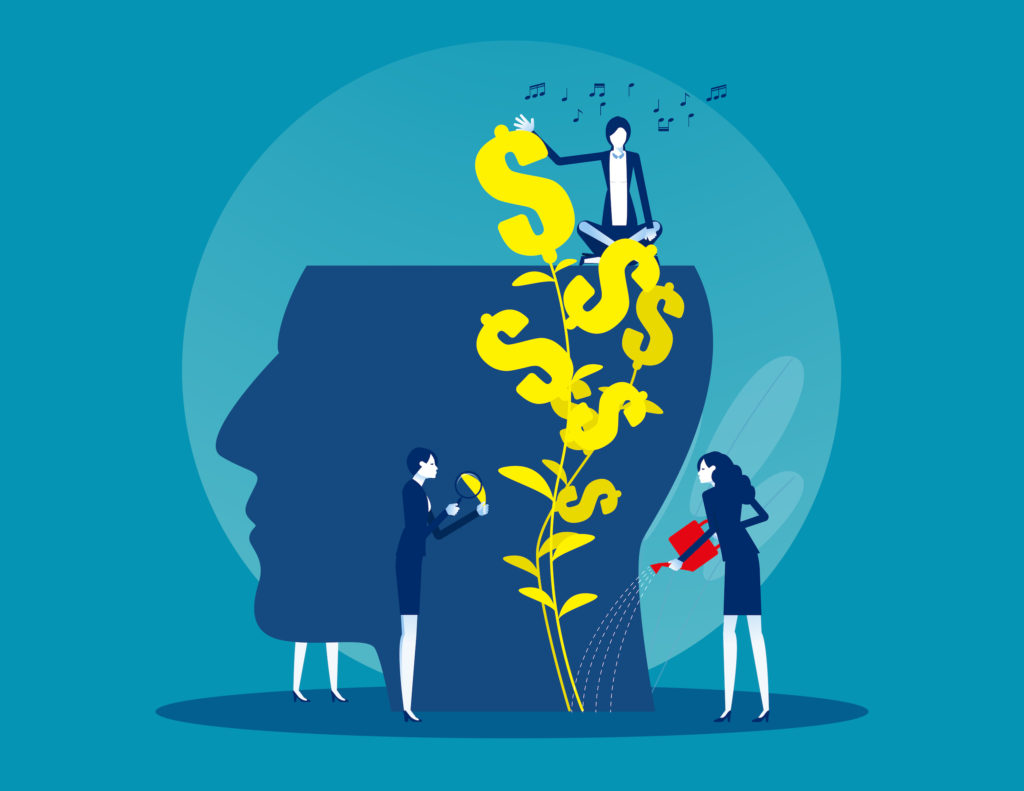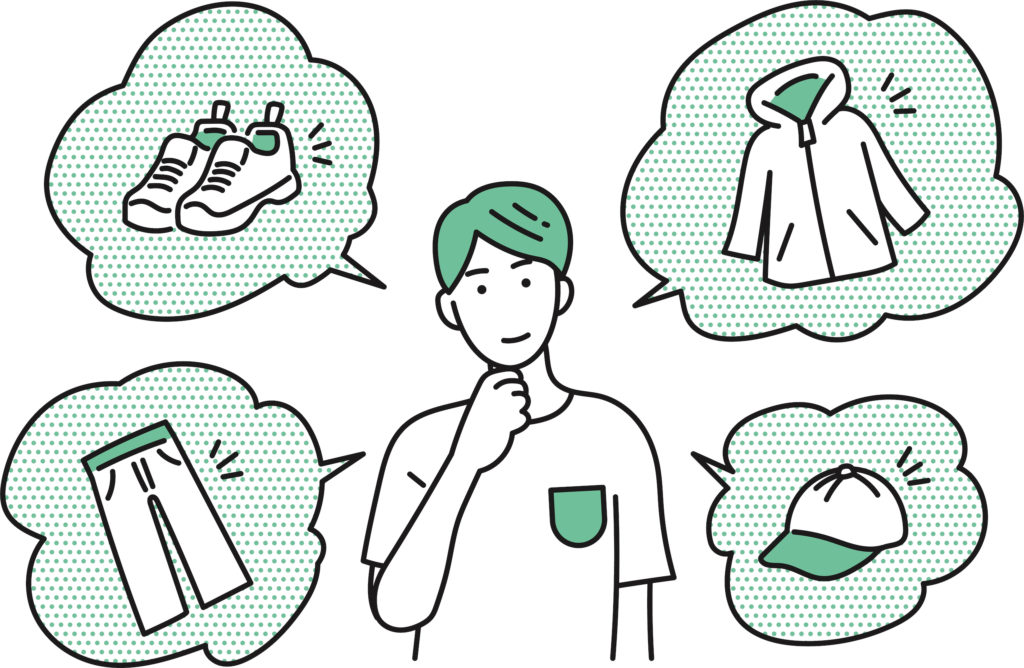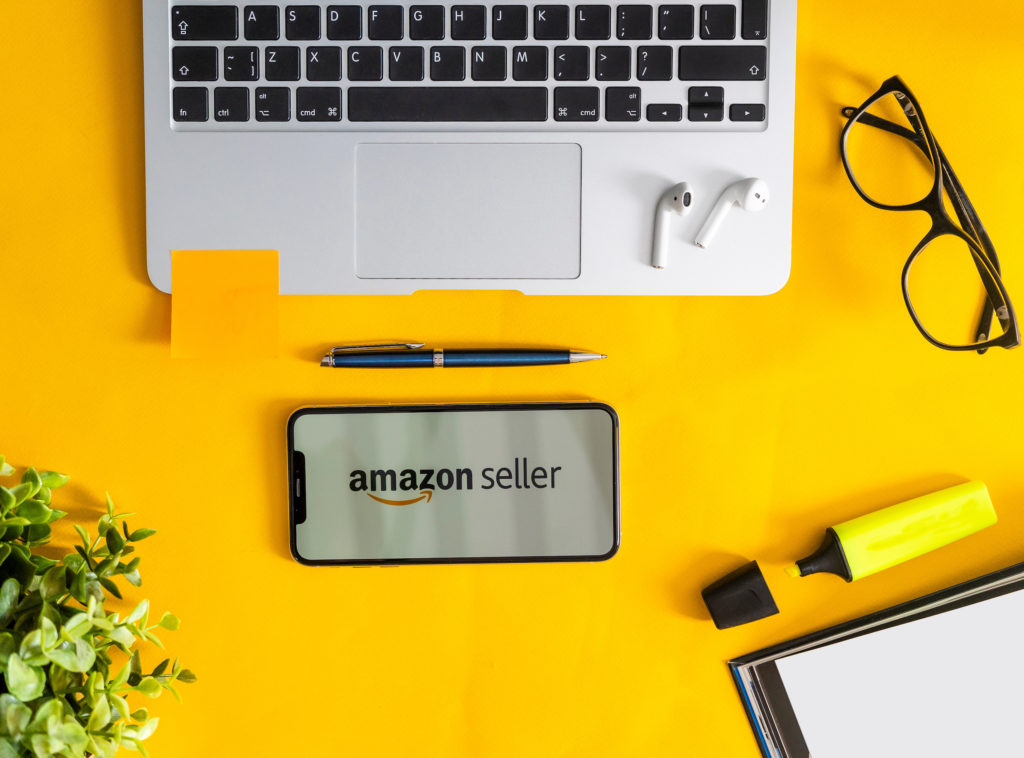Are you interested in a side hustle that could make you an extra $3,000 a month?
I know some of you are thinking “Yes, but I don’t have time!” But what if I told you that I spend a maximum of three hours a month to make that money? That’s $1,000 an hour. If you want to know how I do it, keep reading.
I used to be one of those nurses who worked overtime when I needed more money. That time-and-a-half is nice but I didn’t want to have to work so hard for it. The extra hours I put in affected my sleep, energy, and health. If I’m too exhausted or too sick to enjoy the money I make, what’s the point? There had to be an easier way. I knew I needed to work smarter, not harder. But where to start? This is the story of my journey and the three key lessons I learned along the way.

1. Rich People Don’t Work, They Think
I have 211 notes on my iPhone in a folder named “Goldmine.” This is where I started writing down my ideas on how to make more money. I write my goal of $10,000,000 at the top of each note (always aim beyond what you think is possible) and have been brainstorming ideas for the last three years. Most pages hold about 10 or more ideas, so my gold mine contains more than 2,000. But I only need one to work.
Most of my ideas are not very good, but I don’t let this discourage me. Sometimes the ideas I write down seem out of my league. I write them down anyway. They’re simply ideas whose time has not come yet. The more ideas I write down, the more likely I am to find that “Goldilocks” idea–the one that is just right for this point in my life.
In this case, I was looking for the biggest return with the smallest time investment. I found that selling a product on Amazon met that requirement. It was also something I was always interested in. I didn’t want to deal with customers, so I opted for the Fulfillment by Amazon (FBA) service. Now I just had to find the right product to sell.

2. Find the Right Niche
Think about what groups you belong to. What profession are you in? What activities do you do? Do you run, rock climb, dance or play piano? If so, you already have an idea of what products will appeal to other runners, rock climbers, dancers and pianists. For example, as a runner, I bought things like: Asics running shoes, Superfeet arch supports, Bodyglide anti-chafing products, Belaga running socks, GU energy gels, and salt tablets. It’s the people who are doing and experiencing the activities of a specific group, that will identify specific needs of people who also belong to that group. This is your market.
After identifying the groups I belonged to, I started paying attention to the problems my peers were having, and considering how I could solve them. As an American Heart Association (AHA) instructor, I had to acquire all the necessary products to effectively teach a class. One of the stations we teach involve intraosseous (IO) access devices that are used to infuse emergency medications into the bone marrow when someone is dying. It turns out there is no training version of this product and the real thing costs $800 to buy. Not only that, but the $800 product comes with a battery that cannot be replaced or recharged and only lasts for 1,000 insertions. This is a steep price to pay as an instructor who needs to teach hundreds or thousands of students each year. One day, a fellow instructor pointed at the tip of the IO drill and commented, “You know, someone needs to make a drill with this special bit”
I had found my niche.
I took a standard 12V drill ($12), fashioned a special bit ($3) and glued them together. I currently sell this product for $100-$130–a fraction of the $800 cost of the real thing. My drill also comes with rechargeable batteries offering a greater return on investment (ROI).
I solved a niche problem. I am able to sell at this high price point because it’s the only one of its kind and I have no competitors. In the last 12 months, I have sold 108 units of this product and it nets me about $500 a month in profit after Amazon’s fees.
Not bad for my first try, but I knew I could do better.

3. Take Advantage of the Diderot Effect
Denis Diderot was a famous French philosopher who lived in poverty his entire life until 1765, when Catherine the Great, offered to buy his library for the equivalent $24,000. Diderot used his new riches to purchase a luxurious purple garment. Soon he began to notice how his other possessions paled in comparison. Looking to match his new garment’s style and elegance, he fell into a vicious spending spiral. He went so far as to replace all the furniture in his home until eventually he found himself in debt again. He later expressed his regret on this experience in an essay that became known as the “Diderot effect.”
We’ve all bought something and suddenly wanted all the accessories that came with it. Apple is a great example of a company that knows how to capitalize on the Diderot effect. When you buy a new computer, Apple immediately offers an array of dongles and adapters to go with it. When you upgrade your phone, you have to buy a new case, then a screen cover, headphones, and so on. This is the Diderot effect in action.
I didn’t need to spend too long guessing what add-ons my customers would need; they told me themselves.
After buying and using my drill, my customers began asking for the needle that drills into the bone. This is a device that can only be bought with a medical license or on eBay for $80-$100 each. Then eBay banned the sale of all medical devices on its site leaving me with almost no competition. Using some ingenuity, I was able to 3D print the product and glue a needle to it. I decided to include the necessary IO extension tubing that normally comes in a genuine IO kit. Little did I know that this unassuming tube was the real gold mine I had been looking for.
The most lucrative products to sell are high-quality, consumable products–products that are used once or a few times, and that people will continue to buy. It turned out, that instructors were having students actually push fluid through the tube into the needles to demonstrate the skill. As there’s no way to fully dry the tube, it will eventually become moldy and need to be replaced. This means more sales and more profits. Sales of the tubing became the bread and butter of my product shop– that product alone makes me about $3,000 a month in profit.
So how long does all of this take? I send products to Amazon every one or two months and spend a few hours getting everything packaged. Packaging generally consists of putting a barcode sticker on it and putting it back on the box it came in. I order my products from my supplier using PayPal credit with a limit of $10,000. I like PayPal because they offer six months interest-free. This gives me adequate time to sell the product and make enough money back to pay off the balance before I have to pay interest. I usually have my kids help out with packing and buy them a toy and ice cream afterwards. They proudly tell people they have a “job” placing stickers that earns them any toy they want. I’m not sure what wizardry Amazon did with UPS but it costs under $10 a box to ship to a warehouse regardless of size or weight which comes back in profits. If you’re interested in a more detailed post on being an Amazon seller let me know in the comments below. Thanks for reading HustleRN.
